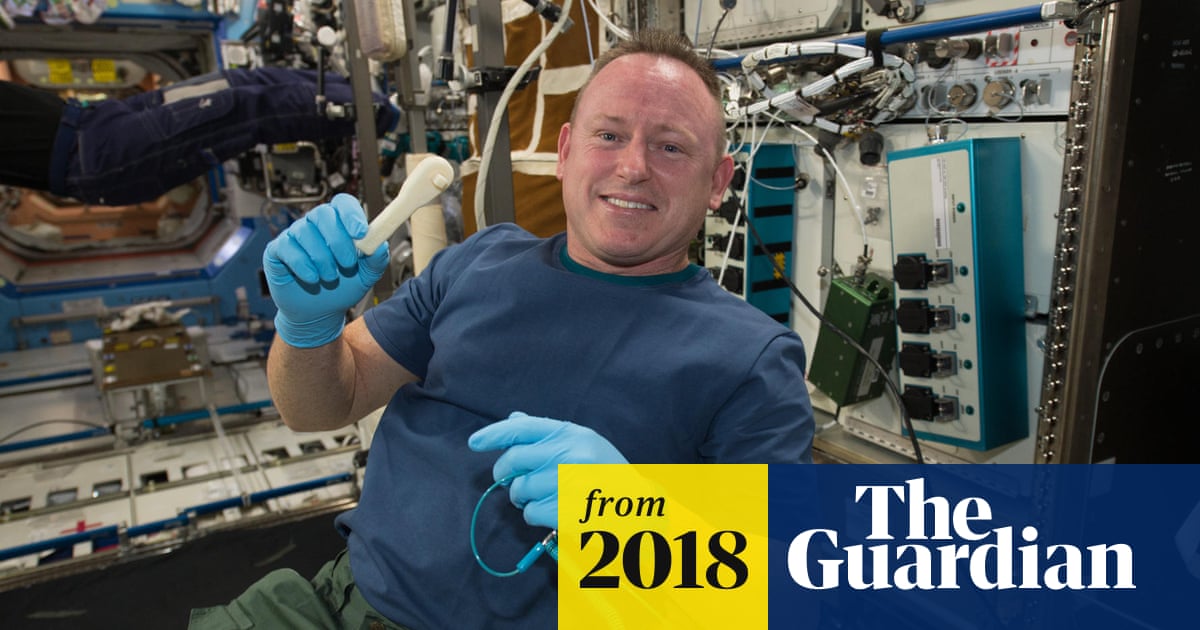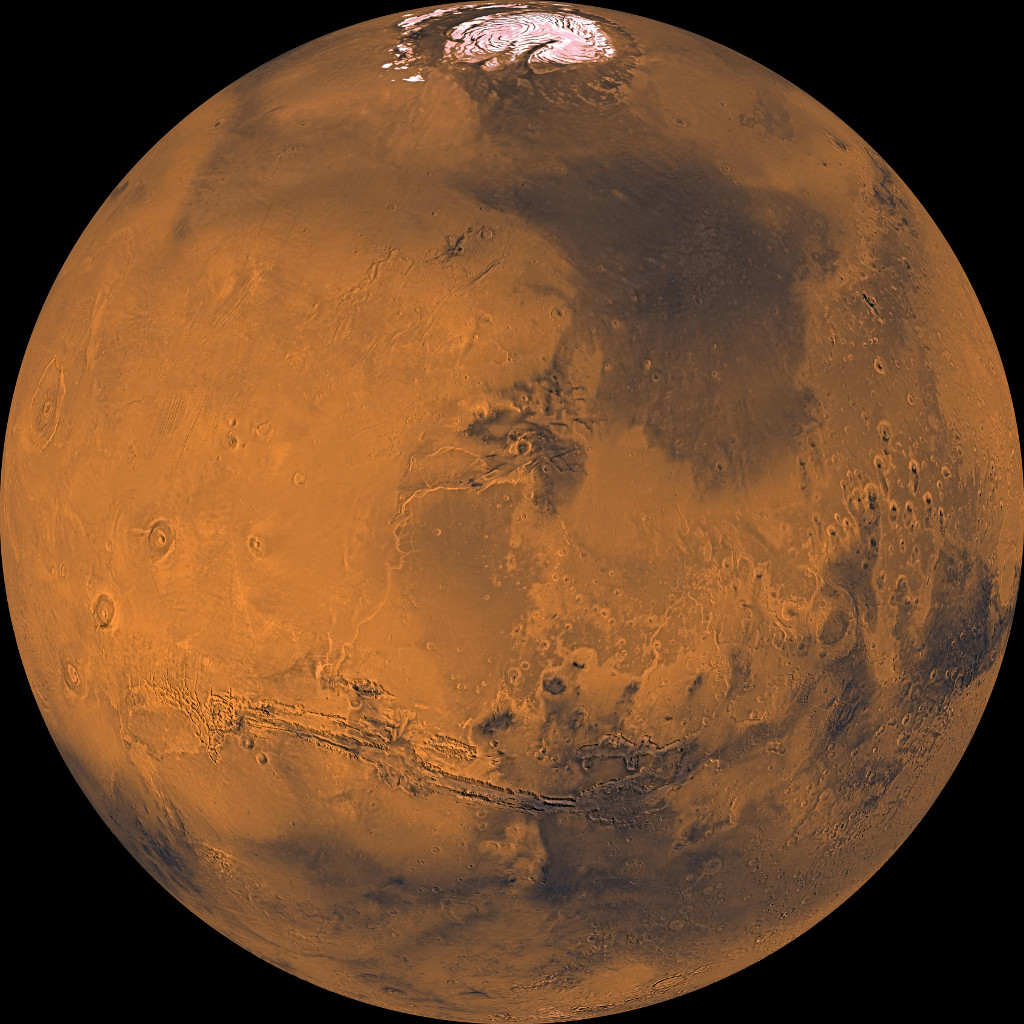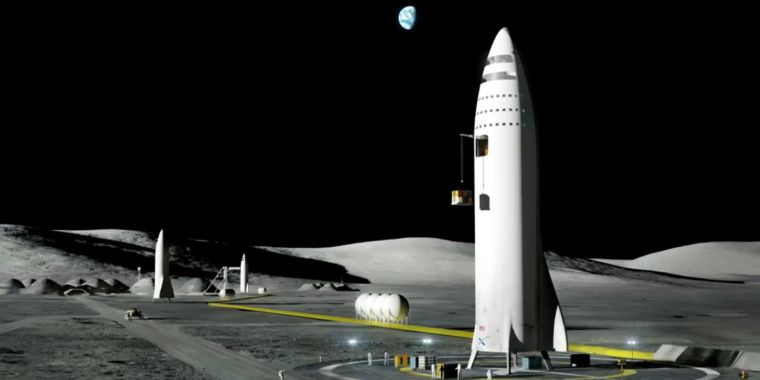With all the flashy transport-related progress from SpaceX and ULA and Blue Origin and NASA, it’s easy to miss the small developments that are just as important to our eventual habitation of Mars.
3D printing will be key to the development of colonies on Mars. From tools and parts to buildings and skateboards, colonists will create much of their world from scratch, eventually even producing their own plastics as the raw material.
““Once Nasa approved the wrench, we sent the file to the printer – essentially we emailed it to space and hit print,” says Jason Dunn, Made In Space’s co-founder and chief technology officer, sitting across the table in a conference room at the company’s headquarters in Moffett Field, Santa Clara County. “I get goosebumps every time I think about that story.”
For Dunn, that wrench is symbolic of an entirely new frontier in space exploration, one in which his eight-year-old company is a pioneer: manufacturing items in space, rather than relying only on those objects you can find room to pack on a rocket from Earth.”




 www.sciencedirect.com
www.sciencedirect.com 

 The Planetary Society
The Planetary Society 
